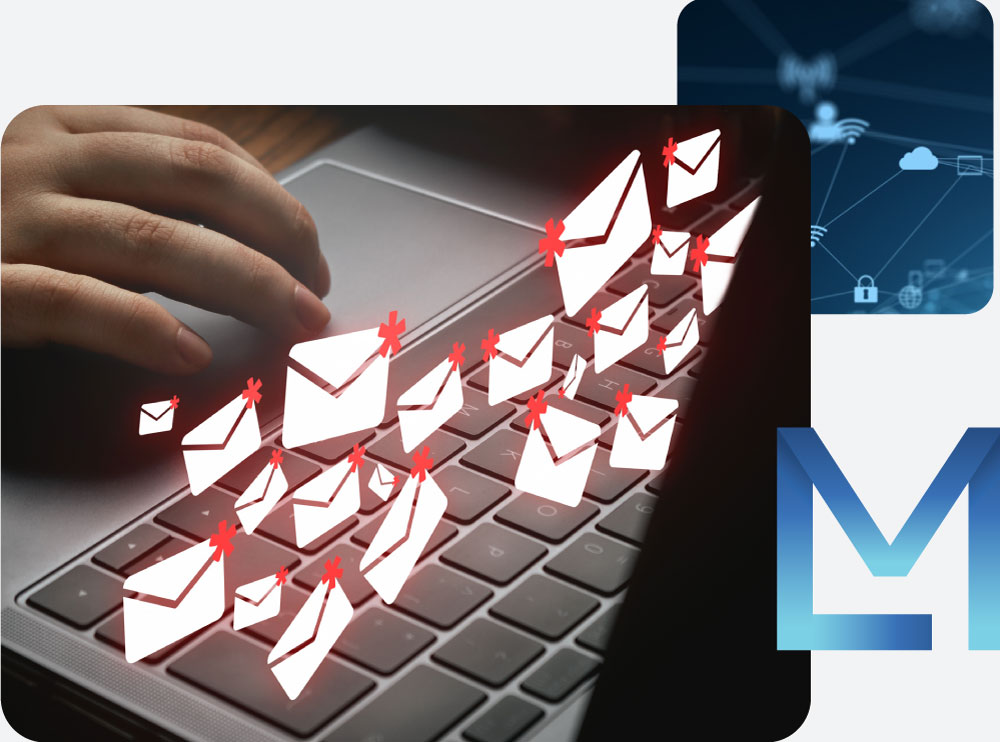
A malicious attachment refers to a file attached to an email body that serves a malicious purpose. These files are used to deliver malware to the recipient’s system or perform malicious activities. For example, malicious email attachments propagated through emails can contain various types of malicious software, such as ransomware, Trojans, spyware, adware, and more.
Attackers lure or deceive users into opening these malicious attachments. When a user opens such a file, malicious code may be executed or installed on their system, posing a security threat.









